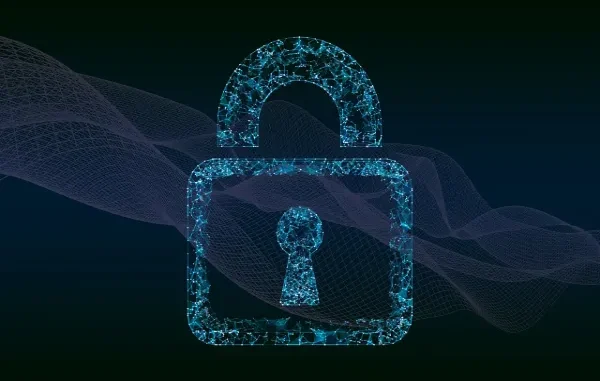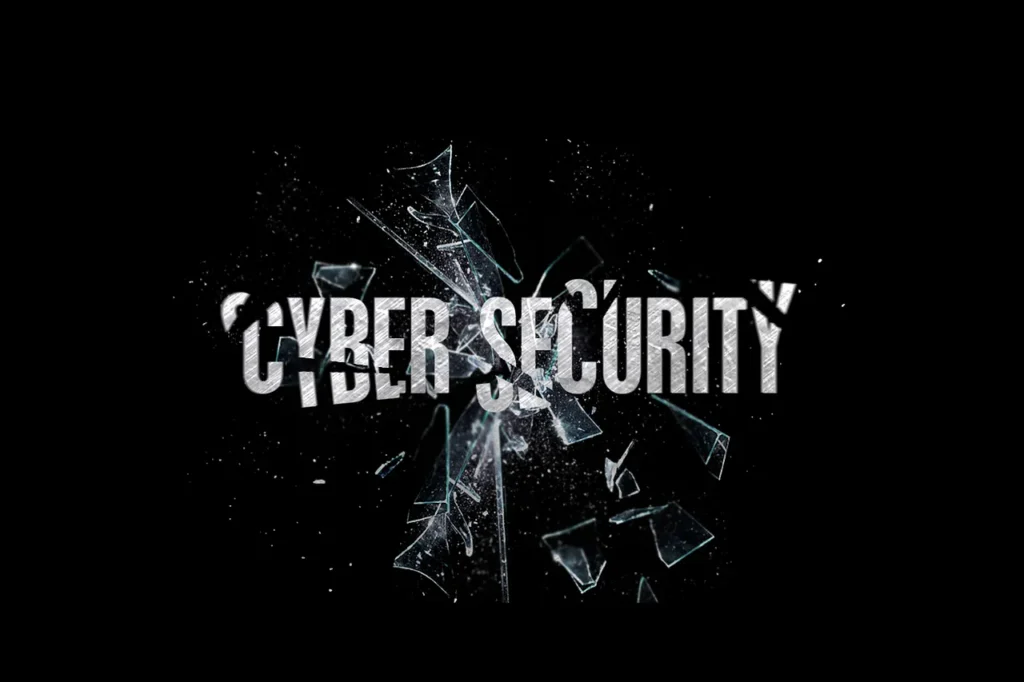
Cybersecurity is no longer just about firewalls and antivirus software. Threats are growing, both in number and complexity. Hackers now use smarter tactics. Ransomware, phishing, and supply chain attacks are common. And they don’t just target large companies anymore.
Smaller businesses often think they’re too small to be noticed. That’s not true. Attackers go after easy targets. A weak password or a missed update can open the door. The cost of a breach isn’t just money—it’s trust, time, and reputation.
This pressure is forcing companies to rethink how they defend themselves.

Why Security Needs to Be a Team Sport
Security isn’t just the job of the IT department. Everyone plays a role. From executives to interns, every employee can help—or hurt—security.
A click on a bad link. A password written on a sticky note. These small mistakes can lead to big problems. That’s why training is so important. Companies that make security part of daily work—not just once-a-year training—do better.
It’s also about communication. The security team needs to speak clearly, not just in tech talk. They need to explain risks in plain language. When people understand the why behind the rules, they’re more likely to follow them.
Testing Systems with Purple Teaming
One way companies are getting better at defense is by testing how well their systems hold up. That’s where purple teaming comes in. It’s a method where the offense (the red team) and the defense (the blue team) work together.
Instead of working separately, these teams share what they find in real-time. The red team tries to break in, just like real attackers would. The blue team tries to detect and stop them. As they go, they talk about what works and what doesn’t.
This teamwork helps both sides improve. The red team learns how defenses react. The blue team learns what they missed. Together, they find weak spots faster and fix them before attackers do.
Purple teaming is not just for big companies. Smaller businesses can use it too, even if it’s on a smaller scale. Some use outside experts. Others do it in-house with help from tools and training. What matters is that both sides are learning and improving.
Making Security Part of the Culture

Cybersecurity works best when it’s built into the culture. That means thinking about security from the start—not after something goes wrong.
When teams build a new app, security should be part of the plan. When staff gets hired, security training should happen early. And when leadership talks about company goals, they should include protecting data and systems.
Some companies even reward good behavior. Reporting a phishing email might earn praise or small perks. These simple steps show that security is not a burden—it’s part of doing good work.
Keep Tools and Training Up to Date
Technology moves fast. So do threats. That’s why it’s important to keep your tools and your team up to date. Security software should be patched and updated often. Old tools can’t stop new attacks.
Training should evolve too. What worked last year may not be enough now. Make sure staff understands the latest scams, warning signs, and best practices. A little time spent on training can prevent a lot of trouble later.
Looking Ahead
Cyber threats aren’t going away. In fact, they’ll likely get worse. AI is giving attackers new tools. Devices are more connected than ever. And remote work adds more ways for hackers to get in.
But companies aren’t powerless. By making security a shared job, testing their defenses with methods like purple teaming, and building a strong security culture, they can stay a step ahead.
It’s not about being perfect. No system is. But the goal is to be prepared, stay alert, and keep learning. Because in the end, the companies that take security seriously are the ones that stay safe.






Leave a Reply